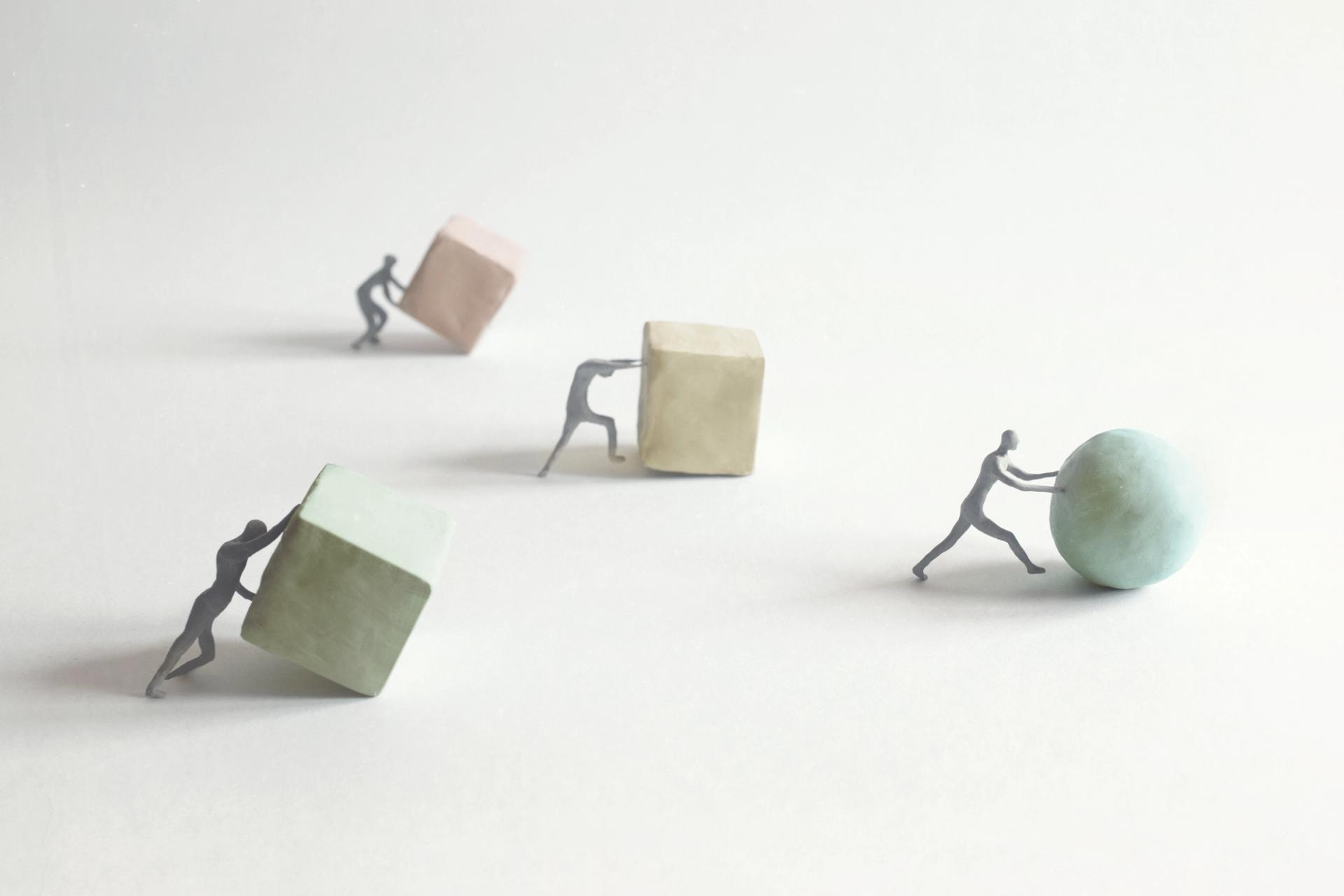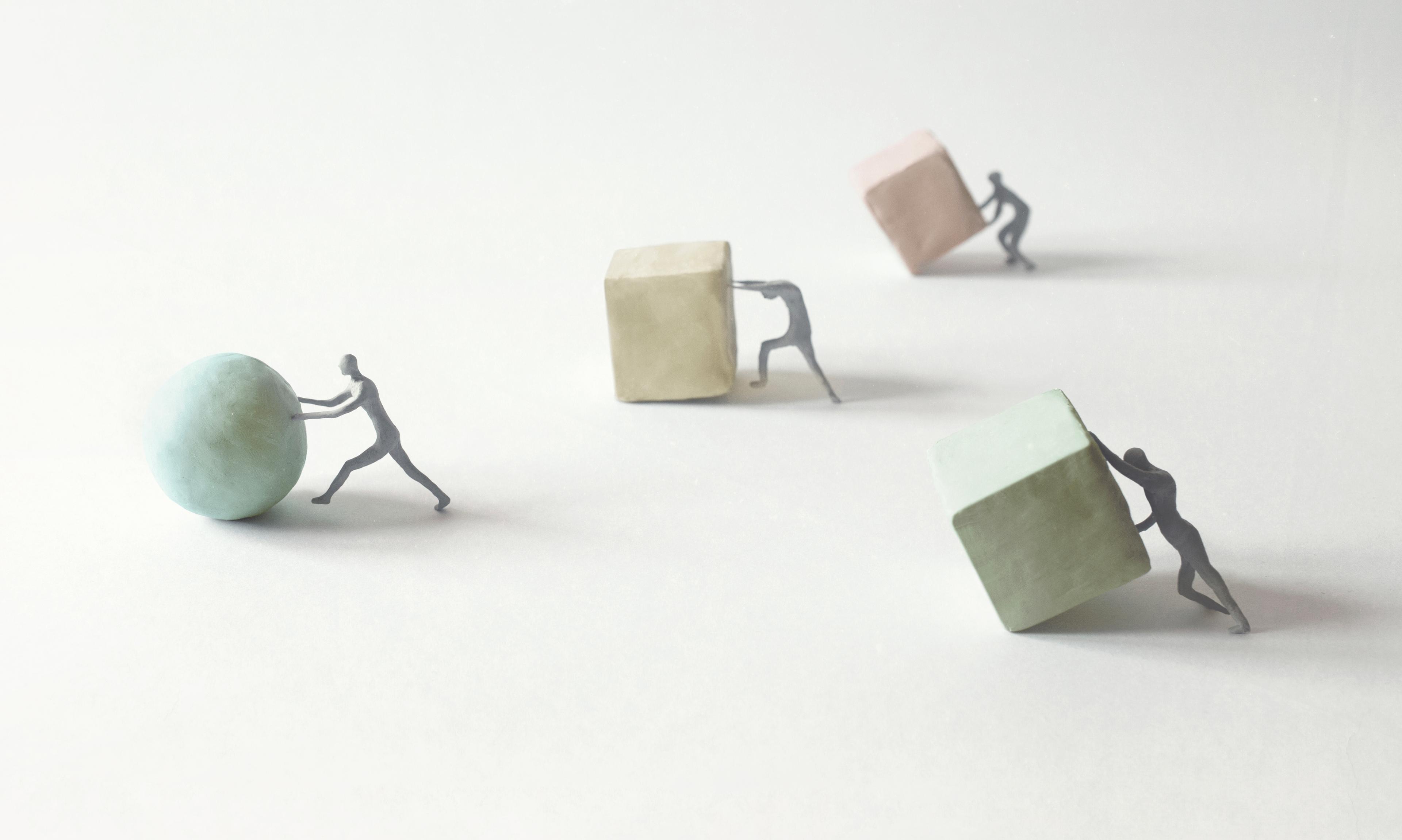Blog
Are donors mad? Reassessing performance in anti-corruption

As the old saying goes, ‘doing the same thing again and again expecting different results is a sure sign of madness’. Can, then, aid donors be said to be showing the traits of madness when it comes to tackling corruption? This certainly crossed my mind when assessing the history of donor practices for U4’s new Issue Reassessing donor performance in anti-corruption.
Unchanging donor response
There has been an awful lot of learning given to us by the evidence about the nature of corruption and how unsuccessful donors have been at combatting it. Yet it is striking how unchanging the donor response has been over the years. Apart from the occasional outlier,d36e32bab24d we see the same basic methods being rolled out now as were chosen when donors started out on this journey more than two decades ago. So:
- The way donors think about the issue hasn’t really changed. It’s a technical problem that can be solved by providing better knowledge and training on how to solve corruption.
- The way donors programme their activities hasn’t changed either. They use the same standard procedures as for everything else they do, despite the burgeoning evidence on how ill-suited these usually are.
- And collectively, donors neither organise themselves terribly effectively, nor respond well to episodes of corruption when they are confronted by them.
Conceptually, operationally, and organisationally, donor agencies seem stuck fast to a model of practice that just keeps on falling short. And yet they don’t change. In this U4 Brief, I pick up the challenge of why that is. More importantly, I suggest some new pathways that donors could take to give themselves better chances to be more effective.
New pathways to tackle corruption
I draw on the stock of academic findings and a career of practical experience of how donor agencies work. I use these to analyse four of the ways in which donors approach their anti-corruption work: how they think about the problem, how they programme for it, how they respond to it when they encounter it, and how they organise their human capital for the task.
I suggest 12 different (and not mutually exclusive) pathways to address present shortcomings. Among these are:
- the need to embrace, and accommodate in programming methods, the political dimensions of corruption;
- the need for donors together to grasp the perennial nettle of coordinating better to develop more collective weight on the issue; and, an angle that is rarely considered,
- the need for donors as individual agencies to confront some of their own internal dynamics which, I believe, lie at the heart of the challenge.
Each new pathway throws up genuine obstacles that will need to be overcome. Change is unlikely to come easily for donors. However, realising the nature of the problem can, I hope, help to redirect attention to some of the often-unacknowledged factors at play.
Doing so could help address the cause of the paradox I noted at the beginning: how the weight of evidence and explanation for donor failings has accumulated with regular monotony. Yet this has had virtually no effect on donor practice.
Internal contradictions
One reason for this paradox could be that a dissonance exists between what might be right for ‘doing’ anti-corruption and what needs to be right for the donor agency as a whole. Tackling corruption is clearly just one of an agency’s tasks. It has others, too, like maintaining relationships with the aid recipient partner, for which a solid and sustained pipeline of funding is essential. Cutting off that flow – for example, as a consequence of corruption – not only jeopardises these relationships. It also causes significant internal disruption to a donor’s forward planning and, even, in extremis, potentially threatens an agency’s overall budgetary position. After all, not being able to disburse the budget given to it can, in bureaucratic terms, be an existential threat to an agency’s future funding.
This brings about an unsettling conclusion for donor agencies. It could be that the procedures they have come to adopt for tackling corruption are indeed ‘mad’. Still, they are – under a wider lens – entirely rational given the broader environment in which the agency needs to operate.
Charting new pathways will be as much about donor agencies recognising these systemic conflicts within themselves as it will be about developing a better understanding of the intricacies of corruption. As tough as the latter is, it may be the former that is the harder nut to crack.
- I like to think that the team I led in the UK’s Department for International Development contributed to a few ‘outlier’ achievements. These included using aid funds to support law enforcement at home that was dedicated to trace incoming illicit finance from developing countries. We remain the only donor doing this, 15 years on.
Disclaimer
All views in this text are the author(s)’, and may differ from the U4 partner agencies’ policies.
This work is licenced under a Creative Commons Attribution-NonCommercial-NoDerivatives 4.0 International licence (CC BY-NC-ND 4.0)


